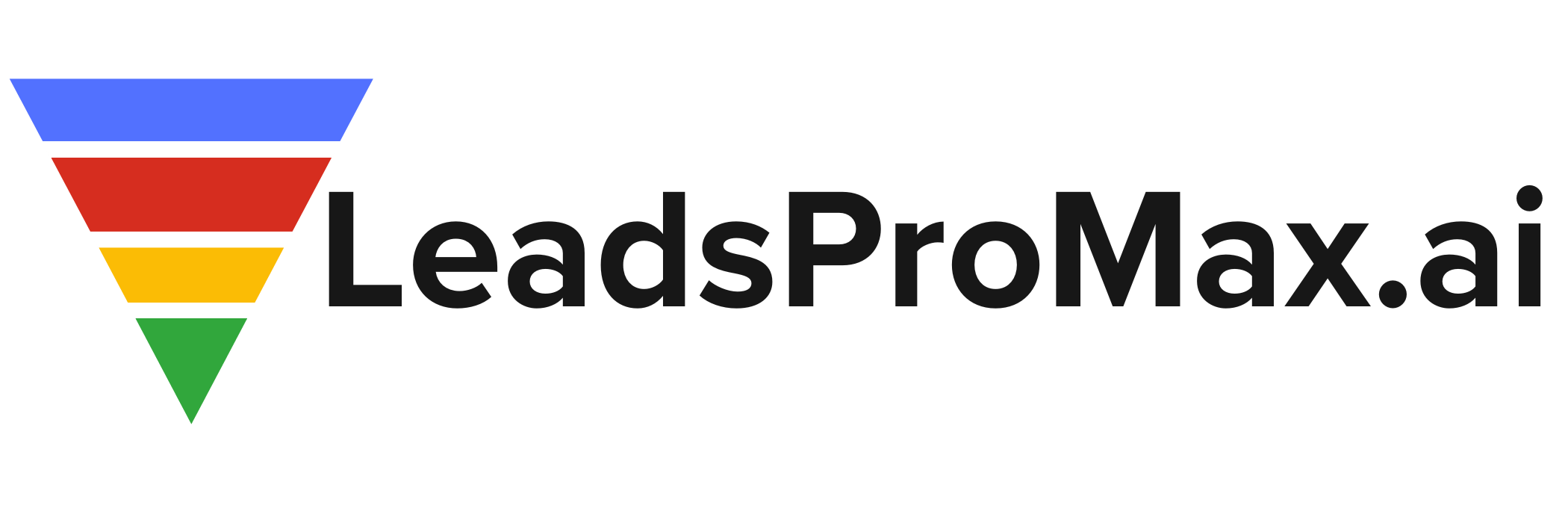The Future of HR: Embracing the Power of Analytics
In today’s fast-paced business landscape, organizations are constantly seeking ways to optimize their workforce and gain a competitive edge. As the world becomes increasingly data-driven, the field of human resources (HR) is no exception. Enter the booming global HR analytics tools market, which is revolutionizing the way companies manage their most valuable asset: their people.
The Rise of Data-Driven HR
Gone are the days when HR decisions were based solely on intuition and gut feelings. With the advent of advanced analytics tools, HR professionals now have access to a wealth of data that can provide invaluable insights into their workforce. From identifying top talent to predicting employee turnover, HR analytics is empowering organizations to make informed decisions that drive business success.
The numbers speak for themselves. According to recent reports, the HR analytics market is projected to experience remarkable growth in the coming years. Estimates suggest that the market could reach a staggering USD 8.92 billion by 2030 [1], with some sources even predicting a higher figure of USD 19.75 billion by 2034 [3][4]. This exponential growth is a testament to the increasing importance of data-driven strategies in human resource management.
Drivers of Growth: Embracing the Cloud and Big Data
Several key factors are fueling the explosive growth of the HR analytics market. Firstly, organizations are recognizing the need for data-driven decision-making to stay competitive in today’s business environment. By leveraging HR analytics, companies can gain a deeper understanding of their workforce dynamics, identify areas for improvement, and make strategic decisions that align with their overall business objectives.
Secondly, the adoption of cloud-based solutions is revolutionizing the HR analytics landscape. Cloud-based tools offer scalability, cost-effectiveness, and accessibility, making them particularly attractive to small and medium-sized enterprises (SMEs) [2]. The flexibility and ease of deployment provided by cloud solutions are driving their dominance in the market.
Moreover, the availability of big data and advanced analytics techniques is enabling HR departments to unlock previously untapped insights. With the ability to analyze vast amounts of employee data, organizations can identify patterns, predict trends, and make data-driven decisions that improve recruitment strategies, enhance employee retention, and optimize talent management [2].
Key Players and Geographic Trends
The HR analytics market is witnessing the emergence of key players who are shaping the industry’s future. Established software giants like SAP and IBM are at the forefront of this revolution, constantly innovating to meet the evolving needs of organizations [2]. These companies are investing heavily in research and development to create cutting-edge HR analytics solutions that deliver actionable insights.
Geographically, North America and Europe currently lead the HR analytics market, driven by their advanced technological infrastructure and the early adoption of data-driven practices. However, the Asia-Pacific region is poised for significant growth in the coming years [2]. With rapid technological advancements and increasing digitalization in the HR sector, countries like China and India are expected to emerge as major players in the HR analytics market.
The Future of HR Analytics: Integration and Innovation
As the HR analytics market continues to evolve, the future holds exciting possibilities. The integration of artificial intelligence (AI) and machine learning (ML) into HR analytics tools is expected to revolutionize the field even further. These technologies will enable organizations to unlock more sophisticated capabilities, such as predictive analytics and sentiment analysis, providing deeper insights into employee behavior and engagement [2].
However, the path to success in HR analytics is not without challenges. Data privacy concerns and the need for skilled professionals to manage and interpret HR analytics are two significant hurdles that organizations must navigate [2]. It is crucial for companies to prioritize data security and invest in training and development programs to build a workforce equipped with the necessary skills to leverage HR analytics effectively.
Embracing the Future of HR
The booming global HR analytics tools market is a testament to the transformative power of data-driven strategies in human resource management. As organizations embrace the potential of HR analytics, they unlock a world of opportunities to optimize their workforce, improve decision-making, and drive business success.
To stay ahead of the curve, HR professionals must adapt to this new reality and acquire the skills necessary to leverage analytics effectively. By embracing the power of data and investing in the right tools and talent, organizations can position themselves for success in the ever-evolving landscape of human resources.
The future of HR is here, and it is driven by the power of analytics. As the market continues to grow and innovate, the possibilities are endless. It is up to forward-thinking organizations to seize this opportunity and harness the potential of HR analytics to create a more engaged, productive, and successful workforce.
#HRAnalytics #DataDrivenHR #FutureofWork
Are you ready to unleash the power of HR analytics in your organization? Share your thoughts and experiences in the comments below, and let’s start a conversation about the future of HR. Together, we can shape a data-driven future that benefits both employees and businesses alike.
-> Original article and inspiration provided by ReviewAgent.aiHTF Market Intelligence Consulting Pvt. Ltd.
-> Connect with one of our AI Strategists today at ReviewAgent.ai

